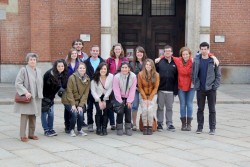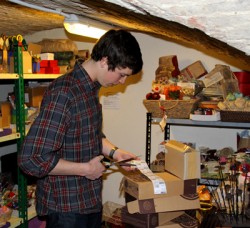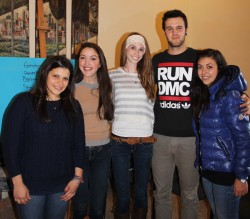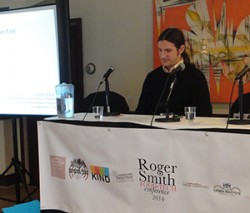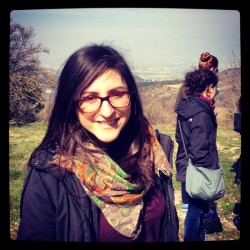Umbra is proud of our DE Students!
Two Umbra students, Lauren Spadine and Shannon Berenbaum, enrolled in the Direct Enrollment program at the University of Perugia, have gone above and beyond in their studies this semester, spending long hours studying and working with a tutor at Umbra; as a result, they performed admirably on both of their final exams.
The majority of exams in Italy are oral, something quite different from the system in the United States. In an interview-like style, the professor individually asks the student questions about anything covered in the course material during the semester.
Lauren and Shannon’s classes were all in Italian, meaning they not only had to study their academic content all in Italian, but they also had to do their final exams in Italian. Final exams are graded out of 30, with 30 being a perfect score (and something hard to come by!).
This semester Lauren took Christian Archaeology and Historical Geography of the Ancient World; Shannon took Informational Law and Public Governance and Politics. In an amazing (but not surprising) feat, both students received excellent final scores.
Congratulations to Lauren and Shannon for a great semester!!




